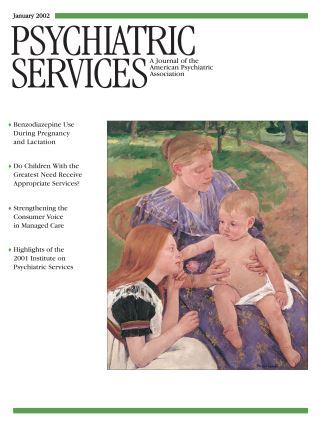Management of the suicidal patient brings to the fore problems with managed care more than that of patients with any other psychiatric condition. Failure to provide needed care in a timely manner can lead to unnecessary death and much pain for those who survive. Suicide ranks ninth among causes of death in the United States, and third for adolescents. Provision of psychopharmacotherapy and psychotherapy, in a protected environment if necessary, at the time of suicidal crisis allows the patient in pain to develop new ways of coping to reduce the immediate risk. In many instances it also serves to reduce the impact of future crises so that self-inflicted death is not perceived as an option.
This interesting and timely volume addresses the difficulties clinicians encounter as a result of managed care restrictions, and it discusses strategies for working effectively within such restrictions. As the volume editor explains, caregivers often perceive managed care as an attack on the autonomy of their decision making, on the confidentiality of the treatment process, and on their anticipated reimbursement for services rendered.
In contrast to the earlier fee-for-service culture, which some feared would stimulate the provision of unneeded care to generate greater hospital and caregiver revenue, the ethical concern today is over the financial gain employers and insurers can reap by limiting the care given to subscribers. Suicidal patients are at risk of being undertreated, being discharged too early, and not being provided care at the level required for their safety. A study cited by contributors to *this volume found that the suicide rate was 7 percent higher in a capitated system than in a fee-for-service system (
1). Another study cited found that the premature assignment of patients to outpatient settings had a role in the more than twofold increase in the number of deaths by accidental poisonings and medication errors in the United States between 1983 and 1993 (
2).
This book, richly illustrated with examples, addresses the impact of managed care on crisis care and brief hospitalization of suicidal patients, with specific discussions of the unique concerns involved in treating the populations at greatest risk—adolescents, substance abusers, and the elderly. The risk that an attempt will lead to completed suicide is estimated to be seven times greater among persons with alcohol use disorders than among those without (
3). The book's appendixes on risk evaluation and on navigating managed care should be read by all who provide care for suicidal patients.
Strategies elaborated in this volume will help clinicians negotiate passage through the managed care landscape, which at first glance appears inimical and threatening to the values of clinicians. To provide effective care, caregivers must capitalize on the advantages of managed care, such as coordination of available alternatives, and minimize the disadvantages, such as potential undertreatment and the dilution of the clinician's responsibility. Limited access to care has paradoxically spawned creative programs that are intermediate between inpatient and outpatient care and has enhanced the need for clinicians who are skilled in the evaluation of suicide risk and in appropriate emergency triage.
The fact that at the close of the 20th century more than 60 percent of Americans were enrolled in managed care (
4) indicates both the need for a book like
Treatment of Suicidal Patients in Managed Care and the need for clinicians with the skills it discusses.

